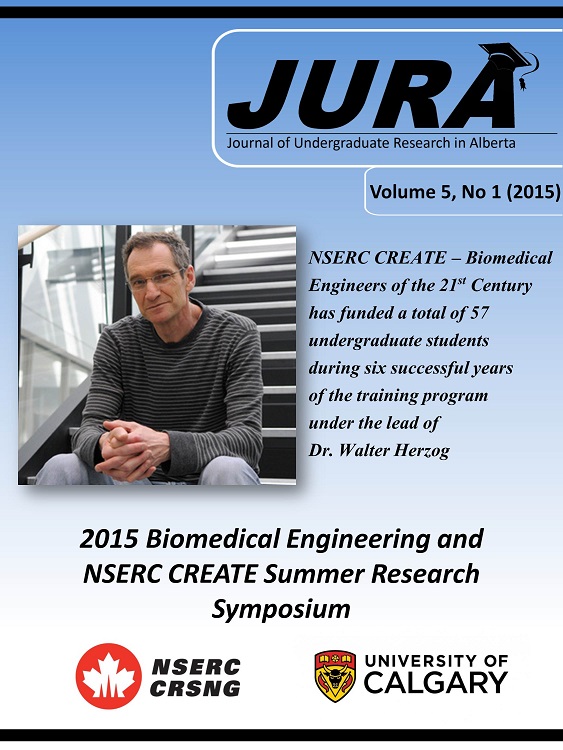SAG PROPERTIES OF HUMAN ADDUCTOR POLLICIS MUSCLE
Keywords:
muscle contraction, muscle relaxation, adductor pollicisAbstract
INTRODUCTION
When a muscle undergoes an unfused tetanus, it may display a decline in force following the initial rise. This effect, known as sag, occurs independent of fatigue and its presence or absence is regularly used to distinguish fast from slow motor units [1]. Its use has been further expanded to distinguish fast fatigable from fast fatigue-resistant motor units [2]. Despite its great utility, the precise mechanism responsible for sag is unknown. It is understood that in a series of unfused tetani, sag is reduced or absent in all contractions beyond the first contraction [2], and that changes in relaxation play a significant role in the development of sag [1]. A potentially related effect is the progressive increase in twitch relaxation rates during stimulation at frequencies too low to cause summation [3]. Acceleration of relaxation may allow more frequent cycling between contraction and relaxation and be important for locomotion. The purpose of this study was to induce fast twitch relaxation and attenuate sag using a 16-pulse contraction, and then investigate a possible relationship between sag and fast twitch relaxation by comparing the recovery times of these two effects. It was hypothesized that twitch relaxation times and sag would return to control levels over a similar and rapid time frame.
METHODS
Isometric contractions were evoked in the left adductor pollicis of 9 male and 3 female participants (age: 25±1.6 years, weight: 70.7±2.4 kg, height 175±1.8 cm) via electrical stimulation of the ulnar nerve. Force was measured using a custom thumb dynamometer. Sag properties were examined at frequencies ranging from 1-20 Hz, delivered in 16-pulse volleys. The greatest amount of sag was seen at 5 Hz, with declines of 20.2±2.5% of peak force. To examine the length of time needed for sag to return to control levels, paired 5 Hz contractions were evoked between 0.5 s and 30 s apart. Twitch relaxation times were monitored 20 s prior to (Control), and at intervals between 0.5 s and 30 s following a single, 16-pulse, 5 Hz contraction. Data were analyzed using a 1-way repeated measures ANOVA with Tukey’s HSD post hoc analysis when appropriate, α=0.05.
RESULTS
Twitch half relaxation times were reduced following the 5 Hz stimulation as compared to Control, with peak reductions of 13.1±1.2% 0.5 s post-contraction, and reached a plateau 10 s post-contraction (Fig. 1A & 1B). During paired 16-pulse 5 Hz contractions, the amount of sag was lower in the second than the first contraction (Fig. 1C & 1D) with peak reductions of 63±11% when the contractions were separated by 2.0 s. Sag was no longer different between the two contractions when they were separated by 30 s.
DISCUSSION AND CONCLUSIONS
The similarity in the recovery times of sag parameters and twitch half relaxation times suggest that both effects may be mediated by a similar mechanism. The rapid return of sag properties and relaxation times to near-control levels suggests that the reverse mechanism is fast acting, providing further insight into the nature of this relaxation-promoting mechanism. The possibility that enhanced relaxation properties are attributable to an inducible impairment in ability of cross bridges to remain bound once attached will be investigated in future studies.
Downloads
References
2. Celichowski et al. Arch Ital Biol. 143:51-63, 2005.
3. Smith et al. J Gen Physiol. 144: 561-570, 2014.
Downloads
Published
Issue
Section
License
Authors retain all rights to their research work. Articles may be submitted to and accepted in other journals subsequent to publishing in JURA. Our only condition is that articles cannot be used in another undergraduate journal. Authors must be aware, however, that professional journals may refuse articles submitted or accepted elsewhere—JURA included.


